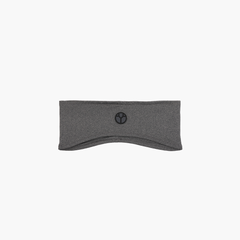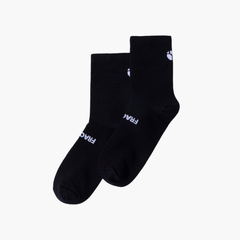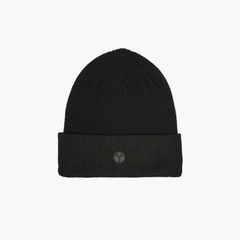Ruth Rekeeley | What is Fell Running?
Words and image: Ruth Rekeeley"Fell running; definitely a fairly niche sport within the discipline. It’s not very well known outside of the UK and even within it, being relatively limited in extent to certain areas like Cumbria, Yorkshire, Derbyshire and Lancashire. So what actually is it?
First off, a fell is simply a hill or mountain, often quite remote and barren in appearance. Think rocky outcrops and open moorland. Richard Askwith quite nicely describes fell running in his 2004 book ‘Feet in the Clouds’, “You run up the fell; you run down again. Sometimes, by way of variation, you then run up and down another - perhaps many others”. So what makes it different to trail running? There is some overlap but generally you find that fell runs are over less well defined paths which aren’t necessarily as easy to follow as trails. Fell races can involve a certain degree of route choice and navigation. It is a sport in its own right in the UK with its own governing bodies like the Fell Runners Association who preside over a series of highly competitive and prestigious championships throughout the year.
Fell running is reported to date as far back as around 1040 with King Malcolm Canmore in Scotland reportedly using a race to pick out the fastest messenger (Bill Smith, Stud Marks on the Summit, 1984). More recently, many of the summer fell races are linked to traditional country or village shows. They would have been part of the show entertainment along with things like sheepdog trials. Races were also a means of gambling, with wealthy landowners pitting theirs labourers, shepherds and guides off against one another; “my man can get to the top of the hill faster than yours can” type scenarios. Over the years the purposes of the races might have changed, but the competition element hasn’t with club leagues, race records and championship titles fiercely fought over. For earlier competitors, keeping fit in the hills was a way of life; they were already out there working the land shepherding every day. When race day came around, it was almost natural that they would compete, and compete successfully for many years. These men, and latterly women, were part of the hills; peat both under their fingernails and seemingly flowing in their bloodstream.

Fell running is becoming more and more popular. The old traditions of the guides races are long forgotten and very few modern competitors work the land in the same way that the earlier runners did. For me, the Dovedale Dash in the Peak District was one of the first ever fell races I attempted. It’s been going since 1953 and is one of the most well-known and well attended fell races in Derbyshire. What started as a light-hearted challenge between a small contingent of cyclists and runners from the Derby Mercury Running Club on Bonfire Night weekend has steadily swelled in size and is now an event which attracts over a thousand entrants. This is fairly unusual for a fell race, which usually attract a number closer to the low hundreds. When you consider it is only 4.6 miles long, it is even more impressive given how many people come from across the UK to take part.
I first entered back in 2012 and was totally unprepared, owning only a pair of tired old road trainers with no off-road grip and some workout gear that I wore for outdoor fitness classes. I was close to turning 30, wasn’t part of a running club and had only ran the odd half marathon and 10k road race by this point; the world of fell running was a new and slightly terrifying prospect. An old boyfriend had twisted my arm to go with him so there I was, inappropriately dressed and totally out of my depth. It was a murky November day as we gathered on the windswept Thorpe Pastures with the other competitors. The atmosphere was friendly and welcoming but with an undertone of trepidation and anticipation.
The start of the race is a little like a scene from the film ‘Braveheart’. Everyone is invited to gather at the start line which is nothing more than a very long line of rope across the top of the field. Over a thousand runners poised to fly down the tussock-covered hill and straight through the freezing cold waters of the river below. An air horn sounds and off you go, trying your best to remain upright and avoid crashing into your fellow competitors as you stumble down the uneven grassy slope.
Since my baptism at that very first race, I’ve gone on to compete in the Dash 4 or 5 more times. Fell running has become a massive part of my life, mostly over here in the Peak District hills but venturing up into the fell running motherland of the Lake District when I can as well as Yorkshire and Wales too. It’s one of those strange activities where you can find yourself up on the top of a lonely hill being battered by wind and rain, soaked through, freezing cold and exhausted from trudging up endless inclines, but absolutely happy with your life choices. Type 2 fun it might be at times, but I’ve never done a run that I’ve regretted afterwards, and long may that continue."








Leave a comment